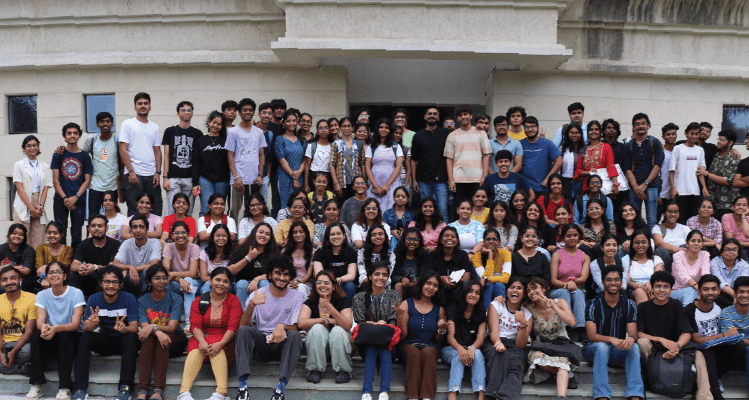- Indian education premises what all it comprises today, with possibilities and options for future
- Design as a discipline in India
- Trends
The design as a work discipline has achieved a whole new dimension today, which is increasingly getting separated from the skilful pedestal. It was originally clubbed with tools and traditional processes. A need to explore new realms of design has led to the substantial changes that are aligned with the information age. In the modern times, it is recognized as the authority offering the distinct balance between art and science.
Even design education as the base for this insurgency has come a long way since its origins. It has certainly evolved from a need based analogy as the critical orientation to design thinking and action. The sense of general awareness about design and related subjects is making design a better career option by inducing the critical aspect of thinking, amongst the young generation from emerging economies, like India.
The onus is increasingly shifting towards better designing design education with a foundation program, which will create next-generation designers and design managers in India, and who can bring balance to the present situation and make better the future. "Design Thinking" as it is termed, is a process, which applies to all walks of life in creating new and innovative ideas for the most challenging problems. And as a discipline, this practice is not restricted to a specific industry or area of expertise.
For India, the approach in design education post-independence was oriented towards crafts and skills. Like the rest of the world, it is now breaking boundaries and discovering the areas to merge and lead various domains and their interface. As a country, we are embracing design as a tool for accelerated economic development, and also for creating a competitive economy with sustainable advantages.
We have witnessed some of the interesting developments based on the design thinking approach for India. The experiments were mostly one-off applications and what was lacking is the long term focus and vision to create the best of products and solutions.
For a better adoption of design thinking across the board here are a few tips:
- Rethinking Design Education: A significant revolution with a strong foundation course to blend design with technical educational streams of engineering, medicine, and other professional courses is a must.
- Design with Technology Interface: The socio-economic consequences and globalization have prompted the educators to critically appraise the role of design in enhancing the quality by supplementing a creative yet analytical approach of design thinking towards an innovation led future.
- Creating Future LeadersDesign education must train the new age designers to take up a strategic role in organizations' growth. It must comprise a broad- based general awareness of the principles, nature and utility of good design, integrated while developing a corporate strategy for creative problem-solving skills and enduring value.
- Strategic design for Entrepreneurs: The foundation course for design thinking aspirants should cover basics of design along with a diverse mix of fundamentals of finance, intellectual property, ethics, and the law verticals for creating successful businesses of the future.
To conclude, design discipline can contribute across various stages, from the product value chain to innovation, and for enhancing the user's experience. Design thinking will enhance strategic decision making and business competitiveness by offering a systemic, human-centered, and hands-on perspective for creating and identifying new business opportunities. The future will offer unexpected opportunities - it is what we act upon today that will make that significant difference.
